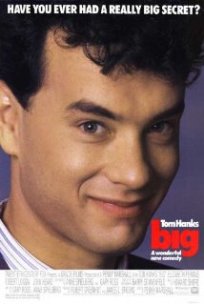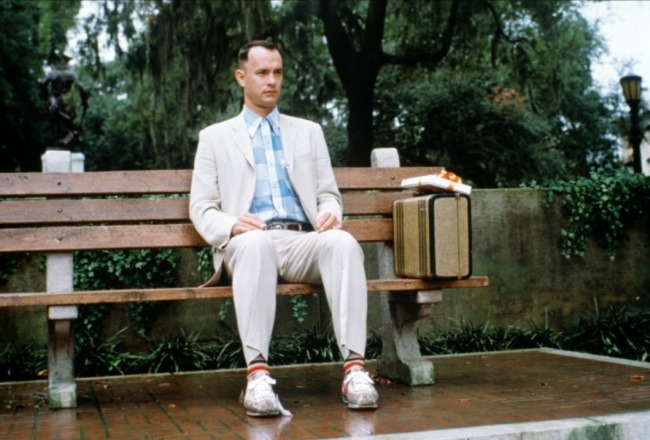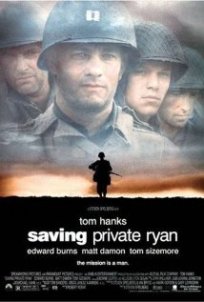The film Big, Tom Hanks, Elizabeth Perkins, and Robert Loggia play the leading roles. To identify them as types of actors, Tom Hanks is a personality actor, Robert Loggia is a character actor, and Elizabeth Perkins is a character actor. Tom Hanks has played many roles and starred in many films in Hollywood; he is a very popular actor. Every movie he plays in seems to have a serious undertone to it. Big however, was a fun film in which he got to play around and act like a kid trapped in an adults body; however, it is short lived and becomes a serious actor as the film progresses. Elizabeth Perkins and Robert Loggia are character actors in this film as they have adapted their roles specifically for this film (American Film Institute, 2008).
As seen in the above video clip, Tom Hanks role in Big begins as a kid having fun in an adult body. Hank’s personality begins to show through as the character begins to play a more serious tone instead of carefree. Hanks, in the end, does not like the carefree adult life, and wishes he could change back to his former self. Elizabeth Perkins in the film identifies with Hanks as they are co-workers. She begins to have feelings for him and likes his childlike spirit. Her role is playing the part of a woman in the film that likes a man and her personality is not associated with her role in this particular movie. Robert Loggia is also a character actor in this film. His role as a toy company owner and head of FAO Schwartz is a character that Loggia uses his talents in acting to create the persona of MacMillan.
Tom Hanks is a notable actor who has played in numerous starring roles. Most of Tom Hanks roles have a serious undertone involved, which seems to be his personality being incorporated with his role in a film. Starring in films such as Forrest Gump, Cast Away, Saving Private Ryan, and even playing the voice role in the animated film Toy Story, all of his roles in these films have a serious demeanor that is incorporated.
Image courtesy of bubblews.com (Forrest Gump)
References
American Film Institute. (2008). AFI’s 10 top 10. Retrieved from http://www.afi.com/10top10/moviedetail.aspx?id=18&thumb=3
Image courtesy of bubblews.com
Internet Movie Database –IMDB (www.imdb.com)
YouTube. (2014) Big. Retrieved from http://www.youtube.com/watch?v=T-ARQNTpLy8



